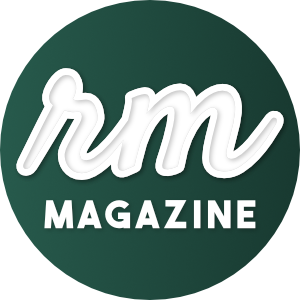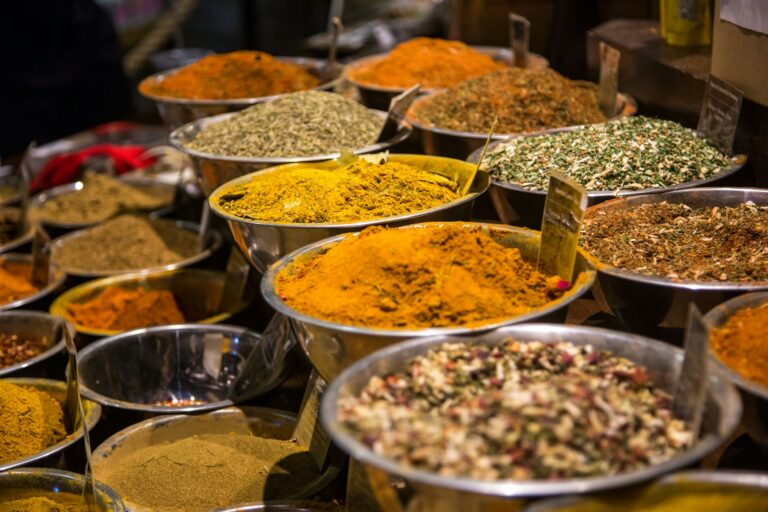Explore More
What the World’s Oldest Cheese Teaches Us About Food
Discovered alongside mummies in the Tarim Basin, an arid desert region in northwestern China, dating back to around 1,500 BCE, were remnants of what was once considered a luxury item—cheese. This cheese, made long before the age of refrigeration or sophisticated dairy technology, was found in solid, dehydrated form on the bodies of the deceased, likely part of funerary offerings meant to provide sustenance in the afterlife. What the world’s oldest cheese teaches us about our ability to create food?
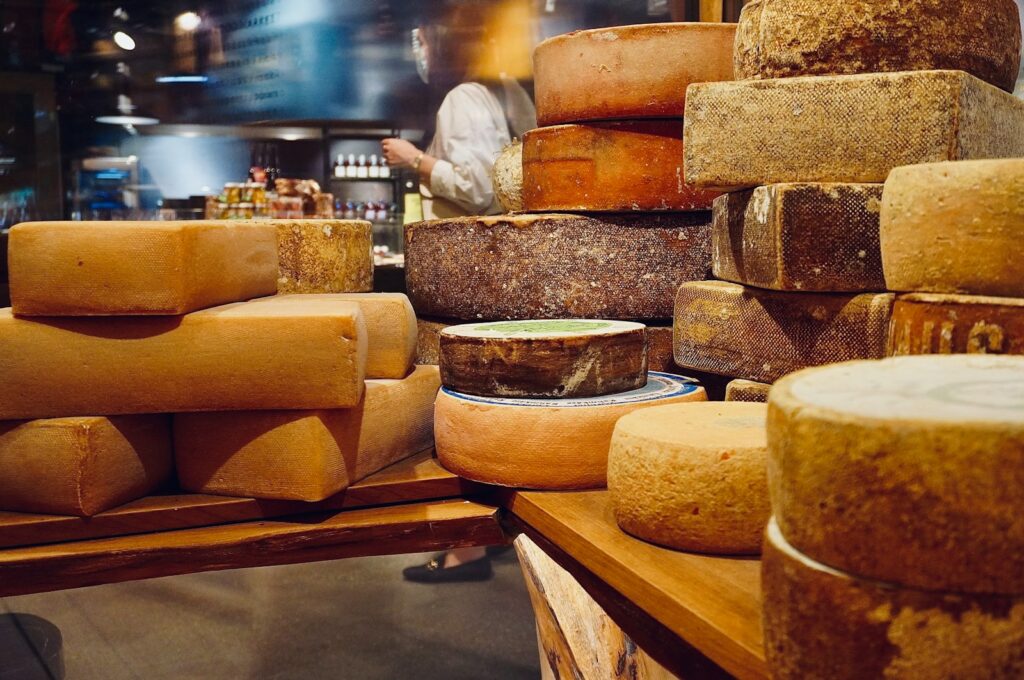
In a remarkable discovery that takes us back thousands of years, scientists have unearthed the world’s oldest cheese, discovered alongside mummies in the Tarim Basin, an arid desert region in northwestern China. Preserved by the dry climate of the area, this cheese—believed to be around 3,600 years old—offers a rare glimpse into the culinary practices of ancient civilizations and the role food plays in their daily lives.
A Dairy Delicacy Frozen in Time
The discovery was made in a burial ground in the Tarim Basin, where archaeologists have long been fascinated by the well-preserved mummies, some of which still have their clothes, skin, and even hair intact. These mummies, dating back to around 1,500 BCE, were accompanied by remnants of what was once considered a luxury item—cheese. This cheese, made long before the age of refrigeration or sophisticated dairy technology, was found in solid, dehydrated form on the bodies of the deceased, likely part of funerary offerings meant to provide sustenance in the afterlife.

What’s remarkable is the cheese’s preservation. Encased in the grave goods alongside the mummies, the desert’s extremely dry conditions acted as a natural dehydrator, keeping the cheese safe from decay for millennia.
Although hardened and far from its original creamy texture, the cheese remains astonishingly intact, offering scientists a rare opportunity to examine the dietary habits of ancient peoples.
Our Ancestors were Cheese Makers
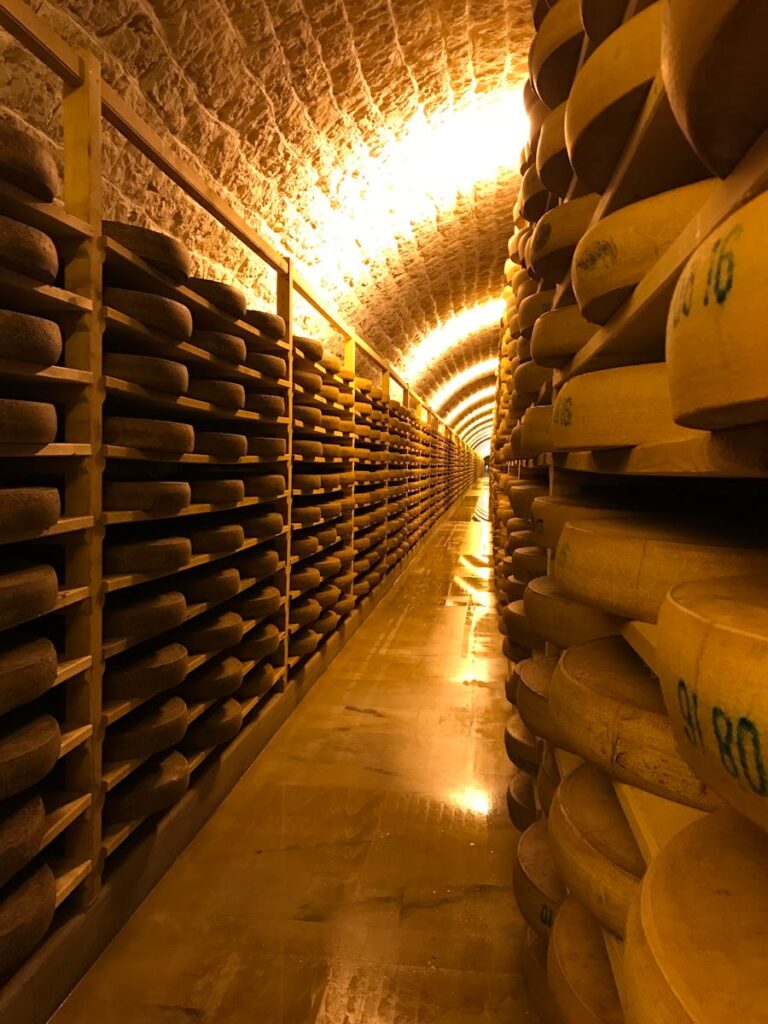
Researchers have long known that cheesemaking dates back thousands of years, but the cheese discovered in the Tarim Basin represents the earliest tangible evidence of dairy production. By using cutting-edge scientific techniques, such as protein and DNA analysis, researchers determined that the cheese was likely made through a simple method involving milk coagulation. This process used a combination of natural bacteria and enzymes rather than the more advanced methods that involve specific rennet—an enzyme typically used in modern cheesemaking.
It’s suggested that the people who made this ancient cheese may have employed a fermentation method that involved the use of kefir grains or other lactic acid bacteria. This would have allowed them to preserve milk in a way that was both practical and nutritionally valuable, especially for a population living in such a harsh, arid climate. The ancient cheese was high in protein and fat, making it a vital source of nutrition for the people living in this region. It could be stored and transported easily, providing sustenance during long journeys or as a crucial survival food during lean times.
The Tarim Mummies’s Cheese: A Window into Ancient Civilization
The mummies discovered in the Tarim Basin have captivated archaeologists for decades, largely because they challenge our understanding of early human migrations. The Tarim Basin is located in the Xinjiang region of modern China, but DNA analysis of the mummies has revealed that these people were not ethnically East Asian. Instead, their genetic makeup suggests a mixture of Western Eurasian populations, indicating that the Tarim Basin was likely a significant cultural and trade crossroads long before the Silk Road’s prominence.
The preservation of the mummies, along with the cheese, provides an extraordinary snapshot of life in the Bronze Age. The people of this region were highly resourceful, and their ability to harness dairy products shows a level of agricultural sophistication that belies their harsh environment. They also had complex burial practices, which involved burying their dead with food and other essentials for the afterlife, a tradition shared by many ancient cultures around the world.
What the Cheese Reveals About Early Diets
Cheese has long been considered a cornerstone of modern diets, particularly in Europe, but the discovery in the Tarim Basin reveals that dairy products played an important role in ancient China as well. This challenges the prevailing notion that early Chinese diets were solely based on grains like millet and rice. The presence of cheese indicates that early inhabitants of this region were not just farming grains but also raising livestock and utilising their milk for nutritional purposes.
Interestingly, dairy consumption is often associated with regions where lactose tolerance developed. However, researchers believe that the people of the Tarim Basin, like many other ancient populations, may have consumed fermented dairy products like cheese and yoghurt because these are easier to digest than fresh milk for those who are lactose intolerant. The fermentation process breaks down lactose, making these foods more accessible to a broader range of people. In this way, ancient cheesemakers were able to tap into the nutritional benefits of dairy without the digestive challenges that fresh milk might have posed.
What Our Culinary Heritage Teaches Us
The discovery of the world’s oldest cheese alongside ancient mummies highlights a fascinating aspect of human history: our ability to innovate and adapt through food.
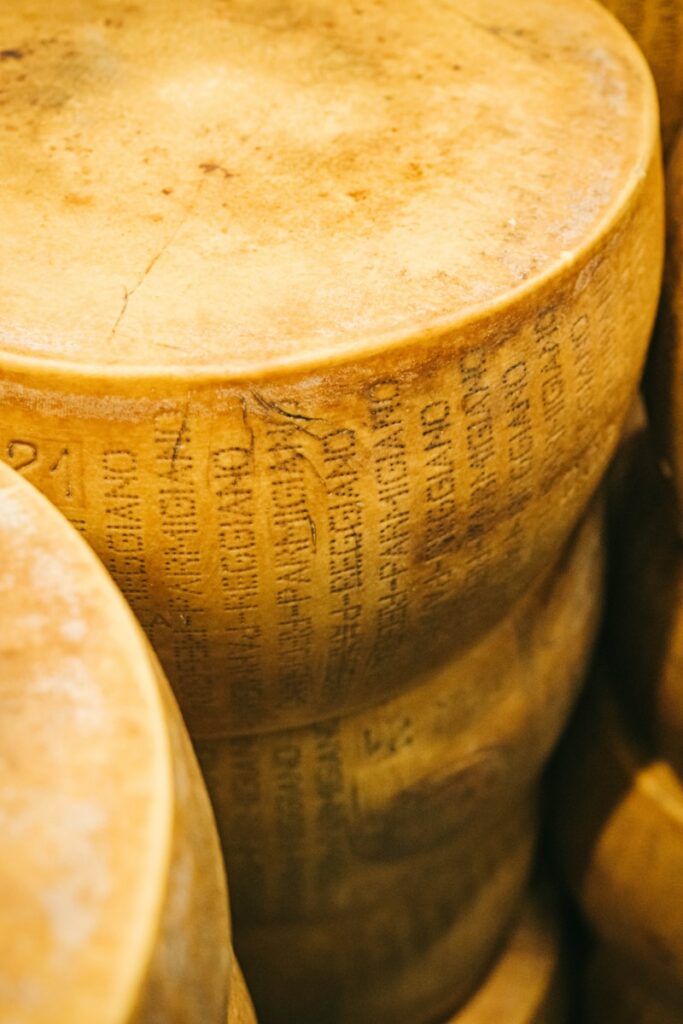
Cheesemaking, in particular, represents a key technological advancement in the preservation of perishable goods, allowing ancient peoples to store and transport dairy in a way that was safe and nourishing. As scientists continue to study this ancient cheese, they hope to uncover more about how it was made and what it reveals about trade, cultural exchange, and food practices in the ancient world. The discovery also invites us to reflect on the timeless nature of food, one of the few universal aspects of human culture that connects us to our ancestors in profound and unexpected ways.
From this small, hardened piece of dairy, we glimpse a world long gone—where cheese was a lifeline for ancient travellers, a ritual offering for the dead, and perhaps even a symbol of community and survival. The world’s oldest cheese is not just a culinary artefact; it’s a testament to human ingenuity and the shared experience of enjoying food across millennia.
Do you want to share your story and inspire our readers ? Know that YOUR EXPERTISE is paving the way for a fairer, happier society.
